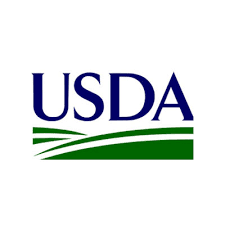
(NAFB) – A study from USDA’s Agricultural Research Service finds on rangelands of the Western U.S., calving in late winter instead of spring maximizes calf growth.
The study finds that late winter calving instead of spring supplies high-quality forage when it’s most needed. There is high value in utilizing rangelands to lower the cost of beef production. Selecting the right calving time, when calves are born, is one factor ranchers can adjust to affect the efficiency of beef production. However, with climate conditions shifting, the costs and benefits of calving at different times are changing.
The research team observed that calves born early March, late winter, averaged about 13 percent heavier at 180 days of age than those born early May, spring.
This is because calves born in March are older and larger and can therefore better utilize the high-quality forage that is available in summer, whereas May calves reach 180 days of age in early November, long after forage quality has typically declined.
